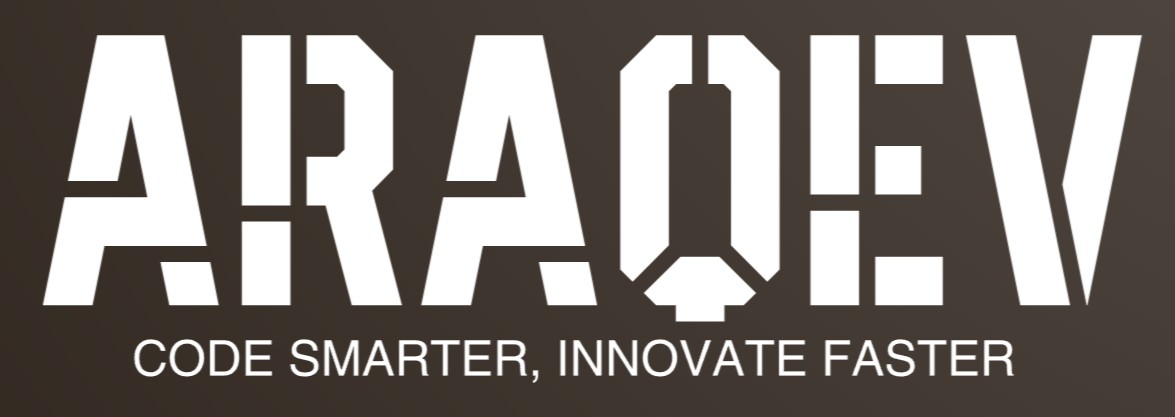How Can I Change the Location of My Terrain Layer File?
In the world of digital mapping and geographic information systems (GIS), the ability to manipulate and manage terrain layers is crucial for creating accurate and visually appealing representations of our environment. Whether you’re a seasoned GIS professional or a curious newcomer, understanding how to effectively move and manage terrain layer files can significantly enhance your…
